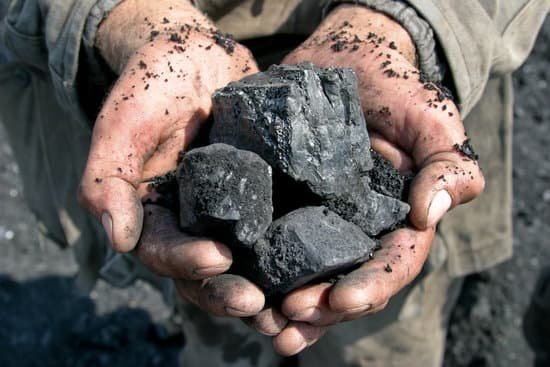Non-metallic mineral beneficiation and purification method and main process equipment

Naturally produced non-metallic ores contain other mineral impurities or co-associated minerals to varying degrees. For specific non-metallic mineral products, some of these mineral impurities are allowed to exist, such as a small amount of dolomite and wollastonite contained in calcite, and part of pyrophyllite and chlorite contained in talc; Various iron minerals and other metal impurities contained in minerals such as kaolin, quartz, diatomaceous earth, talc, stone mother, wollastonite, and calcite that may be removed. There are also some minerals, such as graphite, diatom, sandy kaolin, coal-based kaolin, etc., the raw material minerals have low grades, and must be purified or calcined to meet the application requirements.
For non-metallic minerals, purity in many cases refers to their mineral composition rather than their chemical composition. There are many non-metallic minerals whose chemical composition is basically similar, but the mineral composition and structure are far from each other, so their functions or application properties are also different. This is the biggest difference between non-metallic ores and metallic minerals, such as quartz and diatoms. Although the chemical components of soil are all silica, the former is a crystalline structure (silicon-oxygen tetrahedron), while the latter is a non-quality porous structure with a complex structure. Therefore, their application properties or functions are also different. In addition, in the process of beneficiation of non-metallic minerals, the crystal structure of useful minerals should be maintained as much as possible, so as not to affect its industrial use and use value.
At present, the commonly used beneficiation methods for non-metallic minerals include: sorting, washing, gravity separation, flotation, magnetic separation, electrical separation, chemical beneficiation, selective flocculation, calcination and shape sorting.
